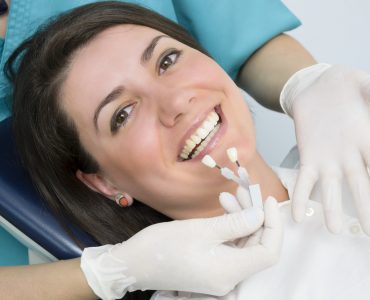Causes of Mastitis
Non-infectious mastitis – this condition is attributed to milk statis which is further caused by
Your baby having feeds less frequently
Your baby not latching on to the breast properly during feeding
Your baby not being able to suckle properly
As a result, the milk ducts become blocked as the breast milk does not get removed properly and regularly. Tight fit clothes or underwear can also lead to blocking of milk ducts due to excess pressure on the breast.
Medical experts are still unclear as to why does breast milk cause breast tissue inflammation. One explanation to the above problem is the presence of cytokines or special proteins which resist infection. The immune system might mistake these cytokines for antigens like virus or bacteria and react to arrest the spread of infection by causing breast inflammation.
Infectious mastitis – the blocking of milk ducts leads to collection and stagnation of milk in the breast, which attracts infection causing bacteria. The possible entry points of bacteria into the breast are – small cracks or breaks in the breast skin or transfer of bacteria from baby’s mouth or throat during breast feeding.
Infectious mastitis can develop in non breastfeeding women as well, smokers in age group of 25 to 35 years are at high risk of this disease. It is quite understood that it is the tobacco smoke that is capable of damaging the milk ducts making them prone to infection.
Another cause of mastitis is nipple piercing, one needs to be careful about choosing professional piercing studios to avoid such conditions.
Treatment
Non-infectious mastitis – This condition can most often be tackled by self-care techniques as below:
Take rest and plenty of fluids
To reduce symptoms of fever and pain, take OTC paracetamol. Aspirin is not advised.
Breastfeed more frequently and express between feeds if breast still feels full.
Ensure that your breastfeeding technique, baby’s positioning and latching is proper. Take advise from your doctor or try out different positions to see which works best for you and your baby.
Feed from the affected breast first to get rid of the excess milk collected in it and gently express after feeding to drain out any milk left in it.
Warm soaks can help soften the breast and relieve pain
Avoid tight fit clothing and underwear till symptoms subside.
Stroking a wide tooth comb over the red area gently moving towards the nipple can ease the milk flow.
If the symptoms do not show signs of improvement, one must surely take GP’s advise.
Infectious mastitis – the treatment for this involves a combination of the self-help techniques as listed above and oral antibiotics. The antibiotics can reach the baby’s system through breast milk and can cause certain side effects which may include irritability, restlessness, upset stomach with runny stools, however, these are temporary and go away once the antibiotic course is over.
Mastitis-II

Let us know if you liked the post. That’s the only way we can improve.












